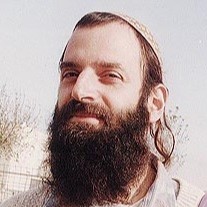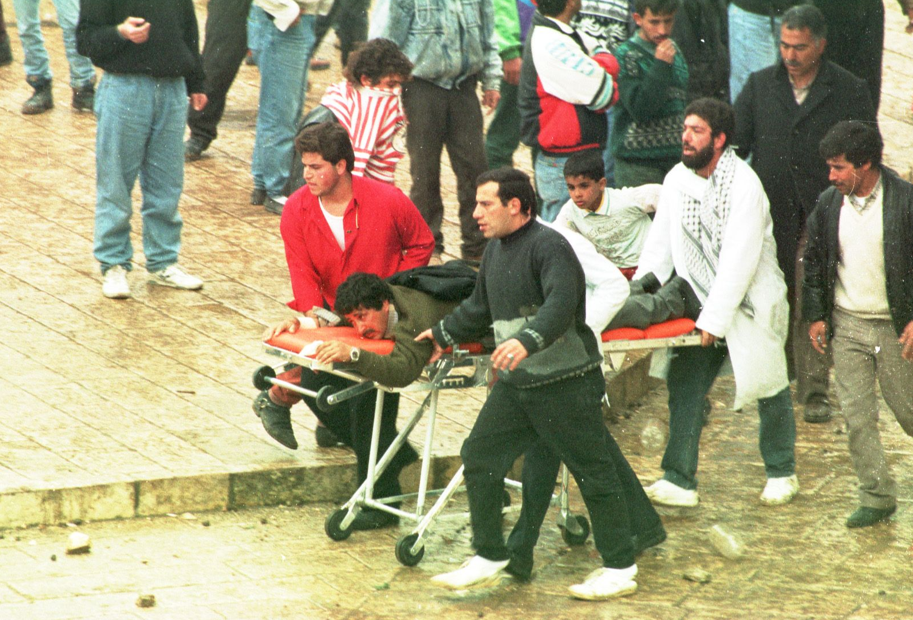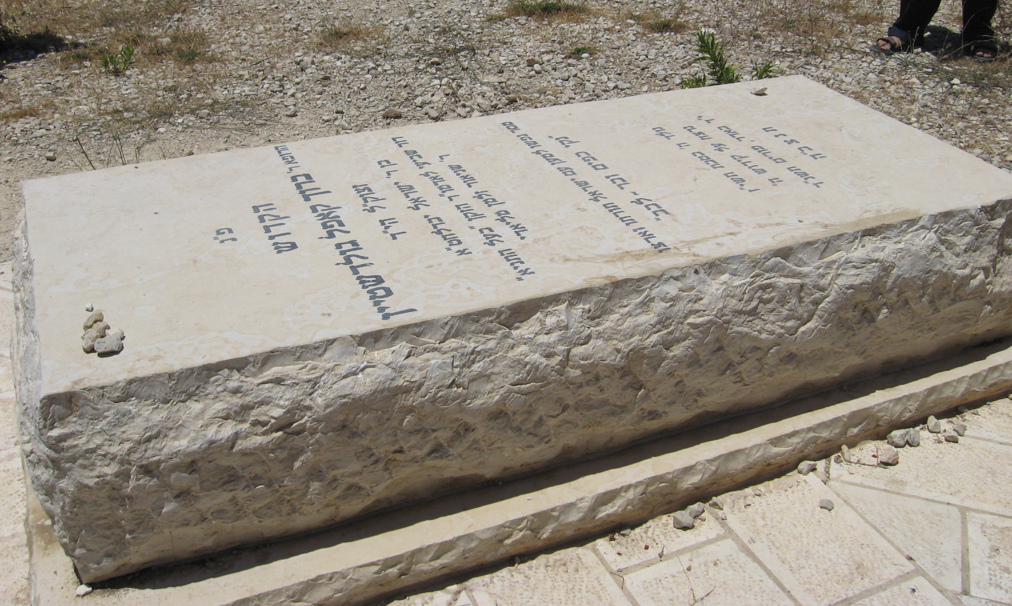
1956 - 1994
Baruch Kopel Goldstein
Summary
Name:
Baruch Kopel GoldsteinYears Active:
1994Birth:
December 09, 1956Status:
DeceasedClass:
Mass MurdererVictims:
29Method:
ShootingDeath:
February 25, 1994Nationality:
USA / Israel
1956 - 1994
Baruch Kopel Goldstein
Summary: Mass Murderer
Name:
Baruch Kopel GoldsteinStatus:
DeceasedVictims:
29Method:
ShootingNationality:
USA / IsraelBirth:
December 09, 1956Death:
February 25, 1994Years Active:
1994bio
Baruch Kopel Goldstein was born Benjamin Carl Goldstein on December 9, 1956, in Brooklyn, New York, to an Orthodox Jewish family. He attended the Yeshiva of Flatbush and later studied medicine at Yeshiva University, earning his degree from the Albert Einstein College of Medicine. As a young man, Goldstein was active in the Jewish Defense League (JDL), a militant organization founded by Meir Kahane.
In 1983, Goldstein immigrated to Israel, where he became a physician in the Israel Defense Forces (IDF). During his time in the military and later as a civilian emergency doctor in Kiryat Arba, a settlement near Hebron, Goldstein became known for his extremist religious beliefs. He reportedly refused to treat Arab patients, including those serving in the Israeli army.
Goldstein changed his name from Benjamin to Baruch after settling in Israel. He married a Soviet immigrant named Miriam and had four children. He was a devoted follower of Meir Kahane’s banned Kach party, which promoted radical Jewish nationalism and was later designated as a terrorist organization by Israel, the United States, and the European Union.
In the 1984 Knesset elections, Goldstein was placed third on the Kach party list. He frequently wore a yellow Star of David bearing the word “Jude,” comparing Israel’s democracy to the Nazi regime. His extremist ideology and growing religious radicalization set the stage for the massacre he would commit in 1994.
murder story
On February 25, 1994, during the Jewish holiday of Purim and the Muslim holy month of Ramadan, Baruch Goldstein entered the Ibrahimi Mosque (Cave of the Patriarchs) in Hebron, dressed in full Israeli military uniform. At the time, around 800 Palestinian worshippers were gathered for morning prayer.
Armed with an IMI Galil assault rifle, Goldstein opened fire, spraying bullets into the crowd. He killed 29 people and wounded at least 125 others in what became known as the Cave of the Patriarchs Massacre—one of the most horrific acts of Jewish terrorism in modern history.

As panic and chaos erupted inside the mosque, several surviving worshippers overpowered and beat Goldstein to death on the scene. His massacre deeply shocked Israeli society and provoked outrage worldwide.
Riots, protests, and violence erupted in the aftermath across the West Bank and Gaza. In the following days, at least 25 more Palestinians were killed by Israeli forces, along with five Israelis. The Israeli government responded by condemning Goldstein's actions, arresting known Kach supporters, and placing a two-week curfew on 120,000 Palestinian residents of Hebron. Jewish settlers in Hebron were not subjected to the same restrictions.
Then-Prime Minister Yitzhak Rabin condemned Goldstein in the strongest terms, declaring him and those like him to be a “shame on Zionism and an embarrassment to Judaism.”
Despite the condemnation, Goldstein's grave in Kiryat Arba became a site of pilgrimage for religious extremists. A shrine was built around it, describing him as a martyr who “gave his life for the people of Israel.” The Israeli government later passed legislation outlawing public monuments to terrorists. In 1999, the Israeli Army demolished the shrine, though the tombstone and epitaph remain.

Over the years, extremist groups continued to venerate Goldstein, calling him a saint and a hero. Celebrations of his massacre persisted among fringe Jewish radicals—some even dressed up as Goldstein during Purim and sang songs praising him, despite official denunciations by both secular and religious authorities in Israel.
Today, Baruch Goldstein remains a symbol of religious extremism, and his actions are cited as a major flashpoint in Israeli-Palestinian relations. His legacy remains a dark and divisive chapter in the history of the conflict.